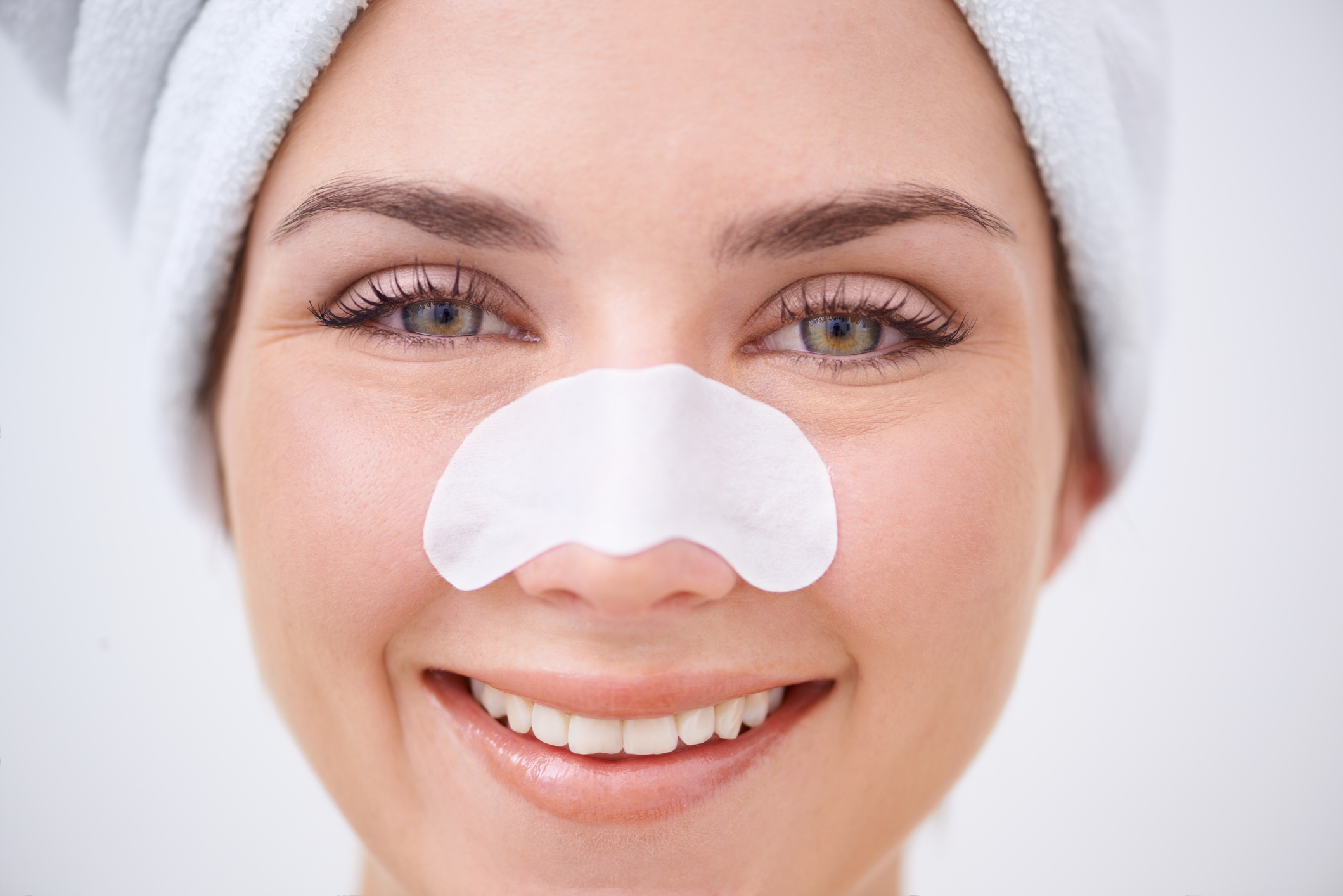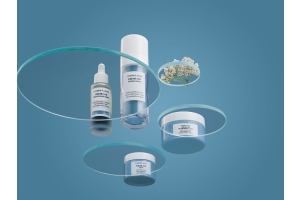Knowing your specific skin type is the best way to engage in an anti-aging skincare routine that will have long-term results. After all, we can’t expect a moisturizer for oily skin to be nourishing enough for dry skin. But what can you do if you have combination skin? Here are a few tips to find the perfect balance and create a routine that will work for you.
What Is Combination Skin?
In simple terms, combination skin presents more than one skin type simultaneously. Typically, it means an oily T-zone (the nose, chin, and forehead) and dry, sometimes flaky cheeks. This is the most common combination skin example.
Combination skin characteristics and signs can include a shiny forehead with a tendency to break out easily, visible pores, blackheads or white heads, but also dry and flaky skin, and some tightness or roughness in specific areas.
What Causes Combination Skin?
Like every skin type, a genetic component comes into play. If your parents and grandparents had a combination skin type, you’d probably inherit this skin type as well.
However, other factors can trigger combination skin. For example, you might feel dryness and flakiness on your cheeks only during winter, when your skin experiences intense temperature changes during the same day. Too harsh products can also push your skin to produce more oil, leading to skin problems and added shine.
Hormones and hormonal changes can also cause combination skin. General daily habits, such as eating unhealthy food and not drinking enough water, can also have an impact. To give yourself a chance, stay hydrated, eat nutritious food, and wear sunscreen religiously. Exercise is also excellent for the skin, reducing stress and promoting blood circulation.
What’s the Best Skincare Routine for Combination Skin?
When choosing the best skincare routine products for combination skin, there’s no need to get very complicated. A simple routine can be achievable, and some little tricks can help you tackle the area of your face that is causing more problems.
1. Cleanse your skin: Wash your face twice daily, in the morning and at night, to avoid buildups that could clog your pores. Choose a gentle cleanser for the driest part of your skin.
2. Apply a toner: This step could allow you to tackle the oily part of your skin more specifically. You could use a serum that contains salicylic acid for your T-zone while avoiding using it on the rest of your face. Toners for combination skin specifically also exist.
3. Serum: You can choose an extra-hydrating serum, such as one containing hyaluronic acid. If you used a gentle toner on your whole face, you could use a serum to treat your T-zone.
4. Moisturizer: The ideal combination skin moisturizer is, in fact… two moisturizers. A lightweight moisturizer, perfect for the oily area of your face, won’t be enough for your dry patches. The most straightforward technique would be to use a light moisturizer on the T-zone and something richer for your cheeks.
5. Sunscreen: To protect your skin, it’s crucial to apply sunscreen in the morning. You can opt for a lightweight sunscreen that will work for your whole face. If you stay in the sun, reapply every two hours.
6. Mask & exfoliation: You could apply a gentle, soothing mask to your skin once a week or so to tackle the driest spots. Exfoliation will also help unclog your pores and get rid of flakes of dead skin. Make sure not to overdo it, especially on your cheeks.
What Should Combination Skin Avoid?
Combination skin requires special care, and it’s easy to make mistakes. Here are a few things to avoid if you have this type of skin:
Using a cleanser that is too strong: A harsh cleanser will irritate the delicate zone of your face and can also cause problems to the oiliest part. As it strips the oil from your skin, the product can push your skin to produce more oil to compensate, which can cause breakouts.
Fragrances: A product that smells nice is always fun, but fragrances can be very irritating. They’ve been known to cause allergies, itching and rashes.
Comedogenic products: Some products have a stronger tendency to clog the pores, and these should be avoided for combination skin.
Good combination skin products should be gentler than products for oily skin. You can always apply an additional treatment for acne on your T zone.
It’s All About Balance
Combination skin is common and can often pass as oily or sensitive. If you are unsure, check with your doctor. When it comes to restoring the balance of your skin, don’t hesitate to mix products and use different things for different parts of your face. In no time, your skin will be even and glowing.







Enter the email associated to your BeautySense account and we'll send you a link to reset your password.